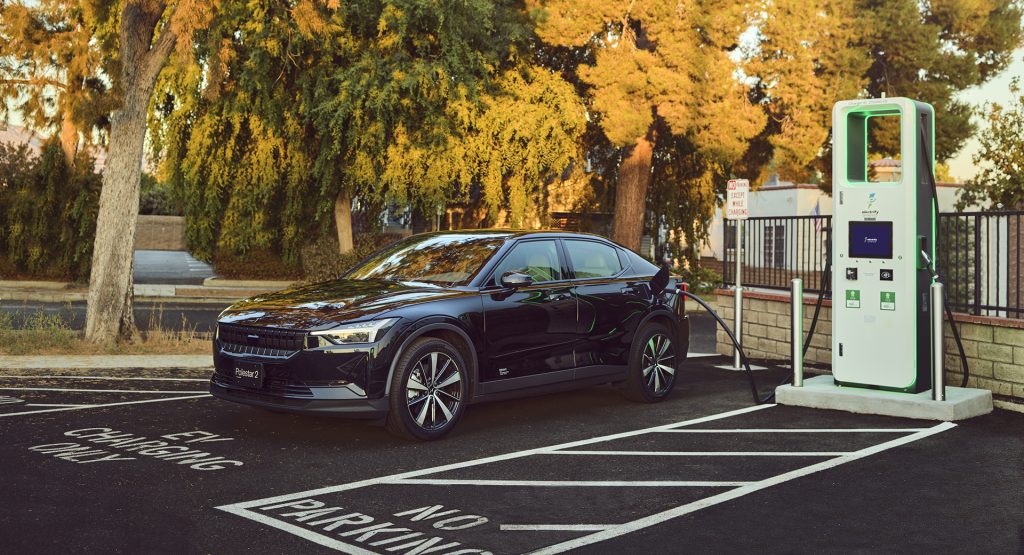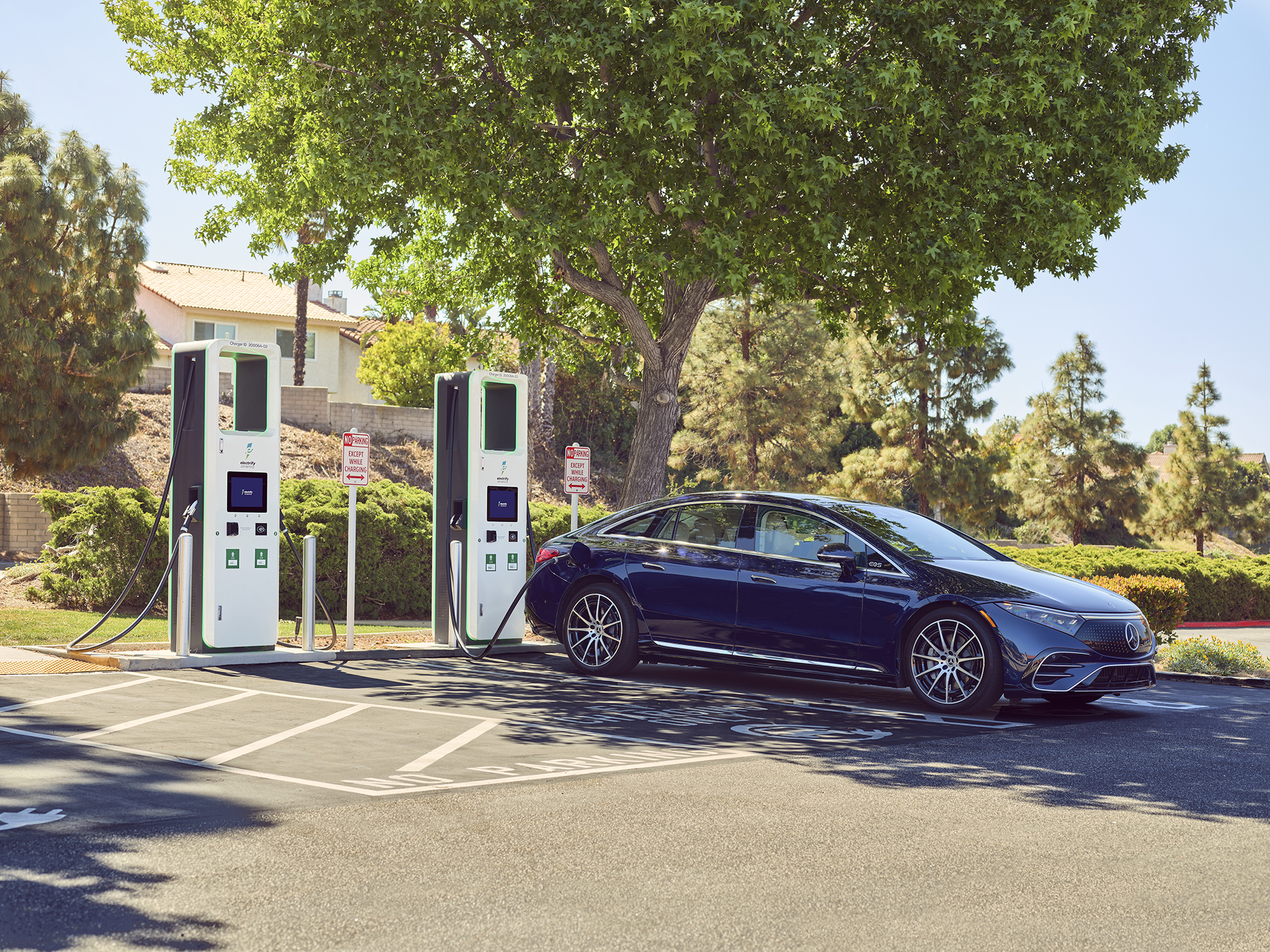California is the first state in the U.S. to set a goal of banning new gasoline-powered vehicles by 2035, and has been on a blitz to increase electric car adoption. A new proposed rule sets requirements that it hopes will lead the way for the rest of the nation.
According to the New York Times, the proposed rule by the California Air Resources Board will require 35 percent of new vehicle sales to be powered by batteries or hydrogen by 2026, with that percentage jumping to 100 percent by 2035 – less than 10 years later.
It’s a lofty goal, especially considering that currently, only 12.4 percent of new vehicles sold in the state are zero emissions. To almost triple that number in just three years is going to require a huge commitment from automakers, as well as a significant investment in infrastructure.
Read More: Electrification Of Transportation Industry Important To Ensure “Livable Future,” UN Says
Ford, Stellantis, and General Motors released a joint statement in 2021 announcing their “shared aspiration” of 40 to 50 percent electric vehicle sales by 2030. The automakers also said turning their aspirations into actions would require a “full suite of electrification policies”, something that President Biden has attempted to do with his executive order to require half of all vehicles sold in the United States to be electric by 2030. In addition, legislation to allocate billions of dollars toward electric vehicle incentives has been put forth but has at this point stalled in the senate.
If the plans are finalized in August, they will put into practice the executive order Gov. Gavin Newsom issued in 2020, which would require electric vehicles to make up 35 percent of sales by 2026, 68 percent by 2030, and 100 percent by 2035, as well as 20 percent of sales to be hybrids.
The move could be highly influential, as historically New York, Massachusetts, and North Carolina have followed in California’s footsteps regarding tailpipe emissions. California is the 10th largest automobile market in the world and the largest in the United States. The regulations could have implications not just in North America, but around the world as well.
California air pollution regulators say if the proposed rules go into effect, 384 million metric tons of greenhouse gas emissions will be removed between 2026 and 2040, which is more than California emitted from all sources combined in 2019.




